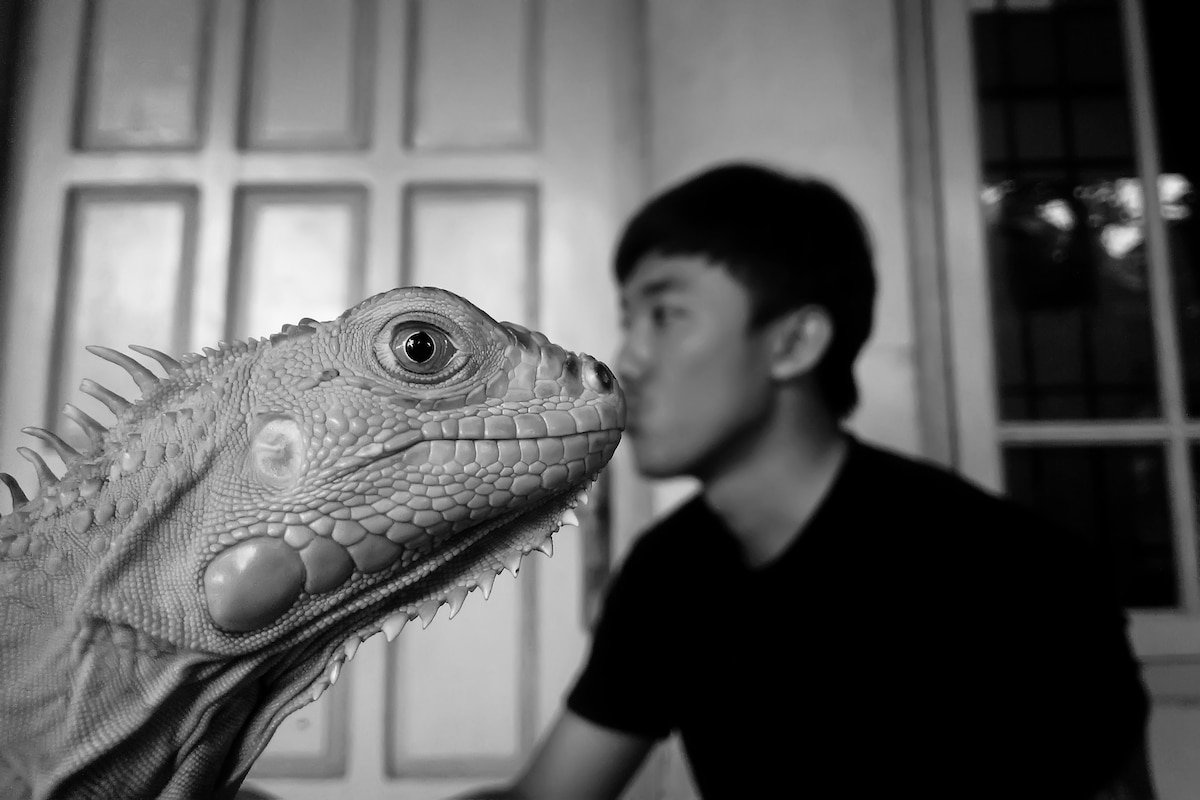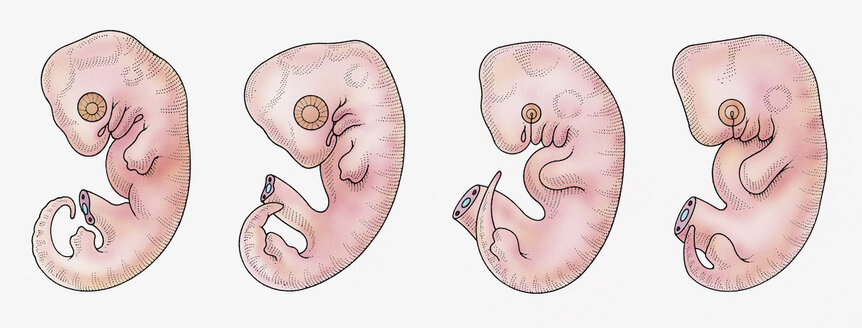Create a free profile to get unlimited access to exclusive videos, sweepstakes, and more!
We kind of are the Lizard Man, because our noses actually come from the jaws of reptiles
Mammal and reptile embryos have revealed that mammalian noses evolved from reptilian upper jaws.

So we aren’t really human-lizard hybrids, but the way mammalian noses evolved from something reptilian sounds scary close.
Going way back, some of our prehistoric ancestors didn’t look much like mammals, let alone anything vaguely human. Think of gorgonopsians with dagger teeth and dimetrodons (which could almost pass for legit dinosaurs). So how did we get from there to here? New research has revealed how mammals and reptiles diverge during a certain stage in embryonic development when mammals start to develop flexible, protruding noses.
Those noses were found to have evolved from the upper jaws of reptiles. Researcher Hiroki Higashiyama of the University of Tokyo, who led a study recently published in Proceedings of the National Academy of Sciences, made a breakthrough by monitoring and comparing a certain group of cells that factors into the facial development of mouse, chicken, and gecko embryos. These cells are known as the facial prominences.
“The key to the differences between mammalian and reptilian faces is the configuration of the facial prominences, which are determined earlier than bone formation,” Higashiyama told SYFY WIRE. “The entire facial profile is almost complete by the time the skull begins to form.”
Mammal and reptile embryos develop unique facial features during the pharyngeal stage of development. The pharynx functions as both an eating and respiration mechanism in vertebrates. In an embryo, it starts out as several bulges on the sides of the head, otherwise known as pharyngeal arches. These bulges eventually grow into facial prominences (parts that protrude from the face). Vertebrate embryos look extremely similar during the middle, or phylotypic, phase of the pharyngeal stage. It is after that stage that faces start to differentiate.
Nobody knows what causes the differentiation of vertebrate faces after the phylotopic phase. Even the evolutionary processes behind it are not clear, because the fossil record remains incomplete, though they are known to have evolved over about 100 million years. It is thought to have started out with minor changes. The nose and jaw of mammals completely separated in a group of Jurassic ancestral mammals that were nocturnal. While no actual proof of this exists yet, it is possible that relying more on their noses in the dark pushed changes in facial evolution.
“The initial change was probably just a slight alteration in the proportions of the jaw bones,” said Higashiyama. “It could be that some internal (maybe genetic) changes in very early mammalian ancestors caused the slight proportional bias of their facial structures.”
As Higashiyama’s research team followed the development of facial prominences, they especially focused on the frontonasal prominence, which turns into different structures in mammals and reptiles. It forms the tip of the jaw in reptile embryos. Mammals, on the other hand, get a protruding nose from it, and their upper jaws, secondary palate, and sides of the upper lip form from another group of cells known as the maxillary prominence.
After researching mammalian ancestors, the team compared the results of their experiments to how the jaws of ancestral species gradually evolved. What was once the reptilian premaxilla (upper jaw) ended up shrinking and moving upwards. The septomaxilla, or the bone behind the premaxilla, grew larger and migrated to the front of the face to become the tip of the mammalian jaw. The genetic causes for this shift are still unknown, though they probably weren’t set off by just one gene. Higashiyama has some ideas on what might have happened.
“The gradual change in proportions is probably related to the gradual change in expression of many genes,” he said. “It is very difficult to detect such changes. I think we need some comprehensive genetic expression data in embryos of various animals.”
Next time you look in the mirror, maybe you’ll see a gorgonopsian.



























